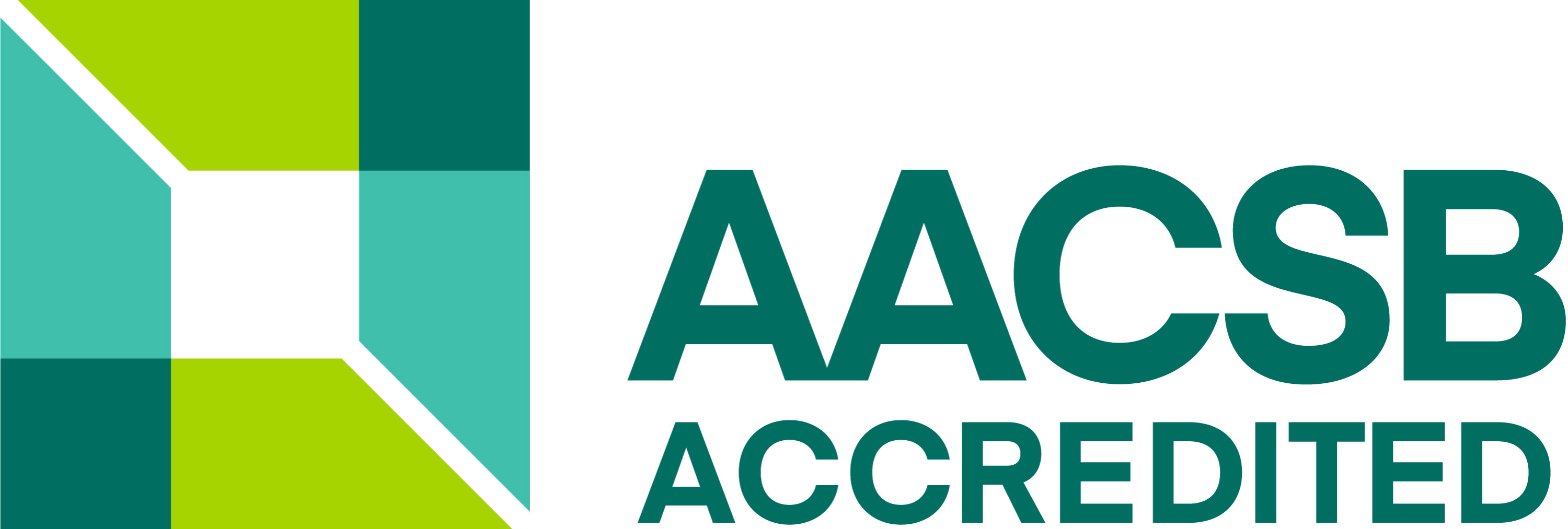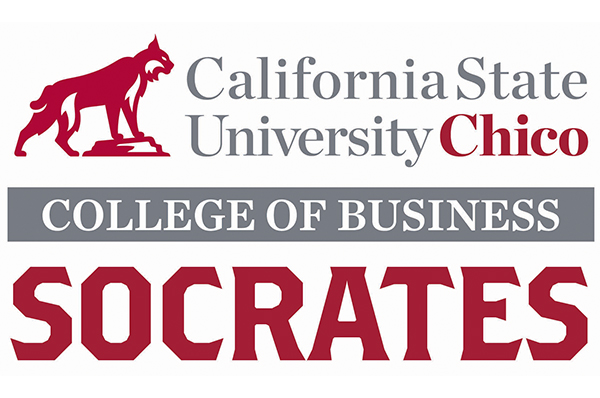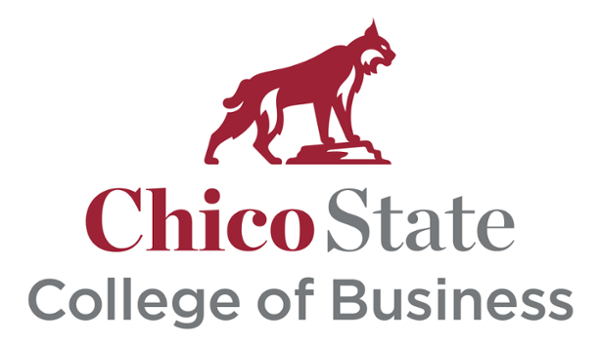
Business Alumnus Brings Biotech to Chico
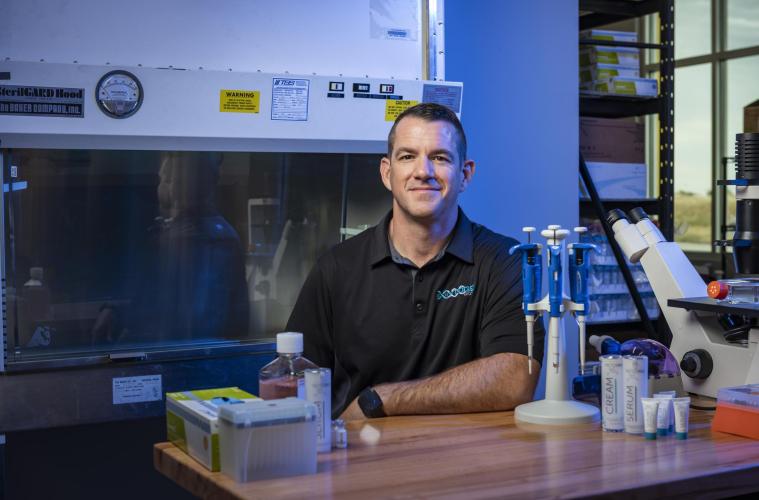
Stem cells have been a source of frenzied buzz in the medical and biotechnical fields over the past 20 years, in equal parts for their enormous potential for human healing and for the controversy surrounding them.
The George W. Bush administration famously slashed funding to all stem cell research at a time where the majority of it involved embryonic cells. But with two decades of advances and research across the world, there is more information than ever on the science, alum John Aylworth (Business Administration, ’04; MBA, ’09) has made it his business to keep the research going.
In 2014, Aylworth founded Xytogen, a company that launched in the anti-aging and wellness space using biotech incubator technology. Xytogen produces proprietary serums and other treatments that serve cosmetic purposes, but Aylworth’s real fascination lies in the potential within stem cells: the potential to improve or even save lives, to cure or heal disease, even to transform human medicine.
“Diabetes, wounds, ulcers, cancer, Alzheimer’s—every bit of it, there’s a component where research indicates strongly that stem cells could be exceedingly helpful,” he said. “You can’t ignore that body of evidence, and I couldn’t ignore the opportunity. I’m not a visionary, but I can follow evidence.”
Aylworth’s background had been in orthopedics for years, and as he worked with orthopedic surgeons more frequently, he began to notice a trend. Many of them were acknowledging a future in which invasive bone and joint repair procedures may very well give way to advances in regenerative recuperation—the body doing its own healing and repair, with stem cells front and center in the process.
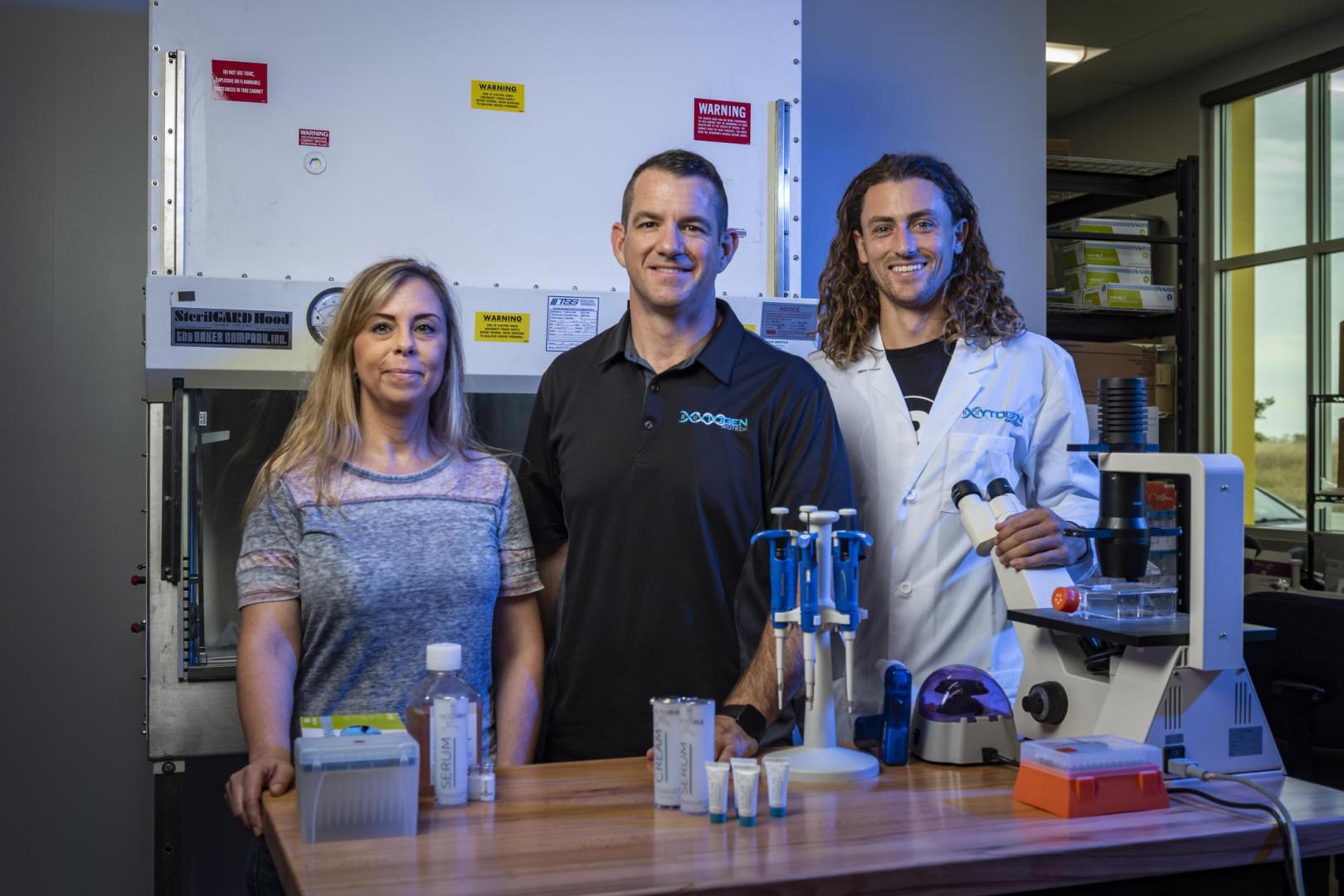
Tyana Ladouceur, Chico State alum John Aylworth, and graduate student Payton Laurie (left to right) are part of the small team at Xytogen, which researches stem cells and uses them in its proprietary anti-aging products.
“What’s been very poorly understood is just how much research has been done already, and how much we already know about stem cells,” said Aylworth, who first launched Xytogen in the south Bay Area. “Until I could see it for myself, I think I was in that group, too. You can be a skeptic all you want until you confront it with the research, and the research is so insanely positive.”
After the recent relocation of his Xytogen lab to Chico in late 2018, such research and work will continue in Aylworth’s hometown. Intimately familiar with the quality of students graduating from his alma mater each spring, Aylworth said he was excited at the prospect of being a local landing spot for research-minded Chico State grads.
Previous understanding of stem cell function operated on an assumption that these cells were essentially undesignated, or “blank,” and awaiting assimilation with specific body tissues. Aylworth said that thought has changed, along with our knowledge of where stem cells reside. Instead of thinking of them as blank cells, he said, science now considers stem cells as signaling molecules, communicating to other cells by sending specific sequences of proteins. A burn on the skin, for example, would prompt a local flood of stem cells, which would then marshal other cells to perform their duties in the area: “Send in some blood supply for oxygen, send in some healing, send in some anti-inflammation,” Aylworth explains.
The theory, then, is that more stem cells could mean more efficient and effective regeneration of damaged tissues. And 15 years of research has revealed that stem cells reside in much more accessible—and ethically uncomplicated—places than previously thought.
Namely, Aylworth said, more stem cells abound in adipose tissue, better known as body fat, than they do anywhere else, and the difference is exponential. The next-most concentrated area is believed to be bone marrow; body fat holds about 10,000 times as many stem cells. Given fat’s proximity to damage-prone areas, like the skin, eyes, and intestinal lining, Aylworth said, the high concentration here makes sense.
That leads to one critical part of Xytogen’s operation: raw materials. To research how stem cells communicate, one requires stem cells, and Aylworth’s primary source is from liposuction waste across California. A surgeon removing fat tissue surgically, whose patient releases the material to science, may well be furthering stem cell research in Chico.
“We take stem cells out of fat, grow them in the lab, and while they’re growing, we convince them there’s a wound present and they start shooting off healing proteins,” Aylworth summarized, acknowledging that the precise method of signaling such an injury is part of Xytogen’s intellectual property. “We’re leading them down a path they want to go anyway, but it’s when they start sending those proteins that the magic happens. It’s a healing solution.”
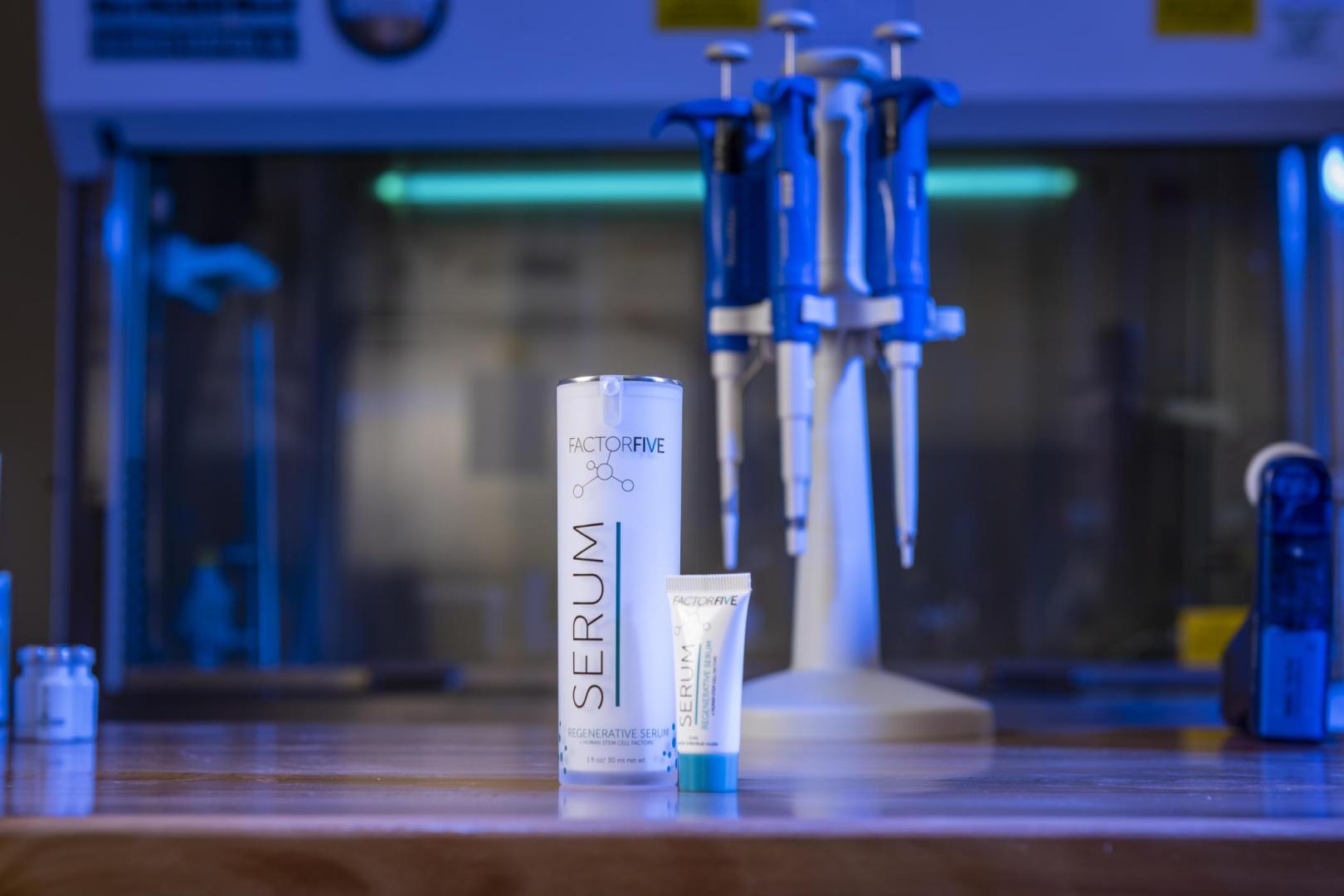
FactorFive is the brand name for the healing serums and anti-aging cream Chico State alum John Aylworth produces from his biotech company, Xytogen.
The sale of the Xytogen’s anti-aging products—a line of regenerative serum, anti-aging cream, and eye/lash cream sold under the brand name FactorFive to skin care practitioners—fund the lab, and exist as a proof of concept for his proprietary stem cell applications. Aylworth relies on computer imaging and data to analyze the effectiveness of the products, designed to reduce the appearance of wrinkles, redness, and other skin clarity issues. The lab room of the Meriam Park facility, where the stem cell storage, incubation, and extraction all takes place, has a sterile, futuristic feel. Gleaming stainless steel and spotless glass and plastic panes dominate the room, with a row of 7-foot-tall incubators on one wall; opposite stands a steel rack burgeoning with an assortment of canisters, boxes, and safety equipment.
Producing serums, though, is only a skin-deep application of the transformative powers Aylworth believes stem cells truly have. He hopes to keep developing and discovering ways for biotech to become a mainstream part of medicine. Many obstacles have long slowed such endeavors, he said, and with stem cells still bearing the burden of 20-year-old stigmatization, his plan is to keep working to discover and show the possibilities that exist.
“Sometimes you wish you could get there faster,” he said. “You wish the process was more amenable to innovation than it currently is. But the way medicine is now—the prescription model, where we destroy our livers and kidneys and blood with drugs—that’s a today problem. In the future, we’ll be getting to natural therapies from human tissue to create regenerative therapies. And that future is going to be bright.”
Travis Souders
California State University, Chico
University Communications
530-898-4143
Photos by Jason Halley.
Read the story via Chico State Today here.(opens in new window)
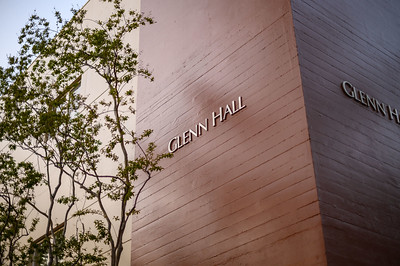
More Information
Business Student Advising
530-898-4480
Degree Programs
MBA Program
businessadvisor@csuchico.edu
Dean’s Office
530-898-6272
bus@csuchico.edu
Giving Questions
Dean's Office
530-898-6272
bus@csuchico.edu
Accessibility Information
Persons with disabilities who need accommodations or have questions about physical access may call the program sponsoring the event or call Accessibility Resource Center at 530-898-5959.

